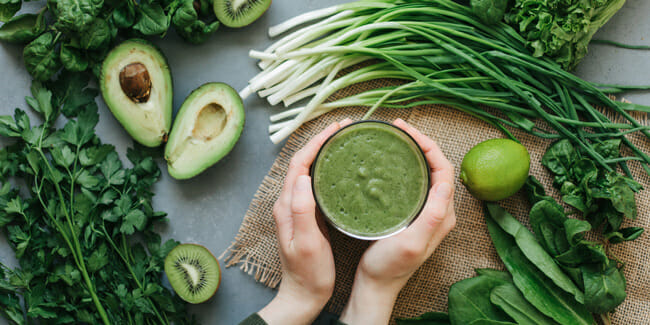One of the leading US meal kit delivery services, Blue Apron is ecologically conscious and it supports responsible food and animal growing practices. Its firm focus on recycling sets it apart from many other similar companies, with a philosophy that meal kits are not only a more convenient way to shop and cook, they must also do a favor to the planet.

What To Do With Blue Apron Meal Kit Packaging
While preparing meal kits for delivery, the first step is to pack all the ingredients separately. Thereafter, it is necessary to use ice packs in order to keep the food fresh and healthy. All these bits and pieces should be meticulously packed in delivery boxes. The outside boxes are predominantly made from environmentally-friendly materials, which are recyclable. However, what should cause concern is that other packaging components are not so easily recyclable. Nowadays, meal kit services bring ever-increasing volumes of non-recyclable or hard-to-recycle plastics into our households. Many people are simply not interested in recycling, as it is too much of a hassle for them.
When it comes to Blue Apron, in the past, it had a program where you could literally send back your packaging and the company took care of the recycling for you. Unfortunately, the program is no longer operational – despite the success it enjoyed among the service’s patrons. On the other hand, just because the company canceled the recycling program does not mean that you cannot recycle the components of your kit on your own.
When you open your delivery box, you will find inside ice or gel packs, a few food items separately wrapped up in plastic, and probably your dressings in mini plastic containers. The box is totally recyclable. Most of the insulating materials are recyclable too. The ice packs can either be recycled or reused. On each piece of plastic that you get in your box, there is a number with three arrows around, which indicates the type of plastic in question and how to recycle the item.
While we believe it is a shame that Blue Apron canceled its recycling program, we also think that everyone can recycle or repurpose the contents of its boxes. It is also worth mentioning that Blue Apron puts a special emphasis on its “green” credentials, particularly in the area of food waste reduction. By ordering directly from growers, centralizing distribution, and cutting out the retail store, it provides only the exact amount of food needed to the consumer. Its goal is to waste below 2% of the food it handles, which is a remarkable target.

What To Do With Blue Apron Ice Packs
There are various types of ice packs that are used by meal kit delivery companies. For instance, ice pouches are made from PE (Polyethylene), which is hard to recycle. One of the logical things to do is to reuse these packs for various purposes.
Dry ice components, on the other hand, can easily evaporate, eventually turning into gas, while gel ice packs could be pored down the drain or compost or just thrown away. You can also melt ice cubes and recycle insulation materials used for ice packs.
How To Improve The Recyclability Of Meal Kit Delivery Packages
It is absolutely a must to continue promoting the sustainability benefits of the meal kit business model, particularly when it comes to food waste impacts. Companies are already conducting and supporting relevant researches in this field. The idea is to secure environmental gains that somehow may offset the ubiquitous impact of non-recyclable ingredient packaging.
The evident growth of the meal kit market creates a good opportunity to reinforce recycling behavior among the consumer population at large. All great brands including Blue Apron are already becoming experts in using their products to effectively communicate with customers.
Using a meal delivery service can make your life much easier. It can free up your time and help you carefully pick what to eat. It is essential, however, to know if the company you use pays enough attention to the environment. Unfortunately, our planet is being overloaded with trash – and any environmentally-sound decision we make concerning reducing or eliminating waste does indeed make an impact.
